Rising Demand for Spacious Vehicles
The Family Car Market experiences a notable increase in demand for spacious vehicles, driven by the growing number of families seeking comfort and practicality. As families expand, the need for larger vehicles that can accommodate children, pets, and cargo becomes paramount. Recent data indicates that the segment of vehicles classified as SUVs and minivans has seen a rise in sales, with a reported increase of 15% in the last year alone. This trend suggests that consumers prioritize space and versatility, leading manufacturers to innovate designs that cater to these preferences. The Family Car Market is thus adapting to these demands by offering models that provide ample legroom, storage solutions, and family-friendly features, which are likely to enhance the overall driving experience for families.
Shift Towards Online Vehicle Purchasing
The Family Car Market is undergoing a transformation with a shift towards online vehicle purchasing. As digital platforms become more prevalent, families are increasingly utilizing online resources to research and purchase vehicles. Recent statistics reveal that nearly 60% of car buyers now prefer to complete their transactions online, indicating a significant change in consumer behavior. This trend suggests that convenience and accessibility are paramount for modern families. Consequently, dealerships and manufacturers are adapting their sales strategies to accommodate this shift, offering virtual showrooms and online financing options. The Family Car Market is thus evolving to enhance the online shopping experience, which may lead to increased sales and customer satisfaction.
Growing Interest in Eco-Friendly Vehicles
The Family Car Market is increasingly influenced by a growing interest in eco-friendly vehicles. As environmental concerns gain traction, families are becoming more conscious of their carbon footprint and are seeking sustainable transportation options. The rise of hybrid and electric vehicles is indicative of this trend, with sales of electric family cars increasing by approximately 20% in the past year. This shift suggests that families are willing to invest in vehicles that align with their values regarding sustainability. Consequently, manufacturers are responding by expanding their eco-friendly offerings, which may include electric SUVs and hybrids designed specifically for family use. The Family Car Market is thus evolving to meet the demands of environmentally conscious consumers.
Technological Advancements in Safety Features
In the Family Car Market, technological advancements in safety features are becoming increasingly critical. Families are more inclined to invest in vehicles equipped with advanced safety technologies, such as automatic emergency braking, lane-keeping assist, and adaptive cruise control. Data from recent surveys indicates that over 70% of parents consider safety features as a top priority when purchasing a family car. This heightened awareness of safety is influencing manufacturers to integrate cutting-edge technologies into their vehicles, thereby enhancing their appeal. As a result, the Family Car Market is witnessing a shift towards models that not only meet safety standards but also exceed them, potentially leading to a more secure driving environment for families.
Economic Factors Influencing Purchasing Decisions
Economic factors play a pivotal role in shaping the Family Car Market. Fluctuations in disposable income, fuel prices, and interest rates can significantly impact consumer purchasing decisions. For instance, as fuel prices rise, families may gravitate towards more fuel-efficient vehicles, which could lead to an increase in demand for compact SUVs and hybrids. Recent economic data suggests that families are increasingly looking for value in their purchases, often opting for vehicles that offer a balance of affordability and features. This trend indicates that the Family Car Market must remain agile, adapting to economic conditions to meet the evolving needs of consumers. Manufacturers that can provide cost-effective solutions while maintaining quality are likely to thrive in this competitive landscape.



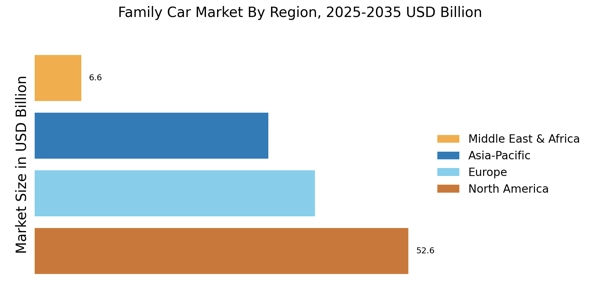
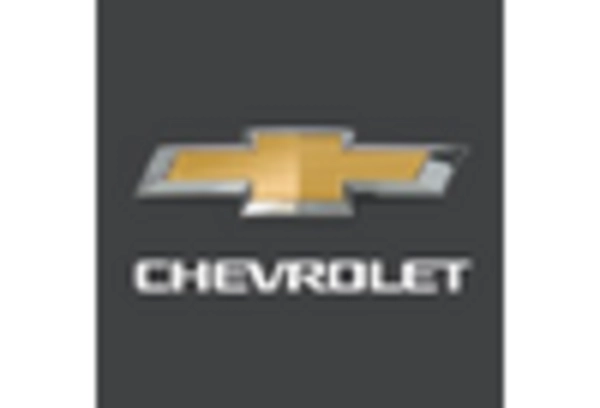
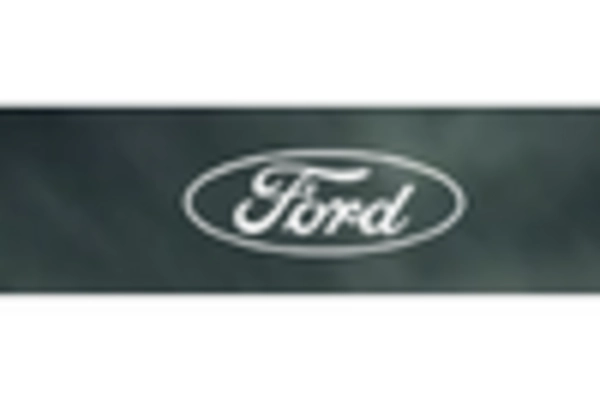
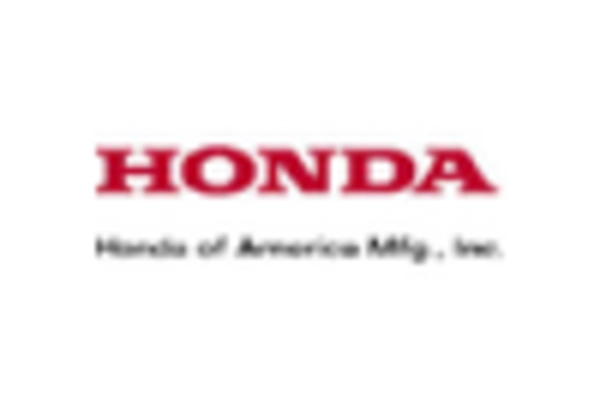

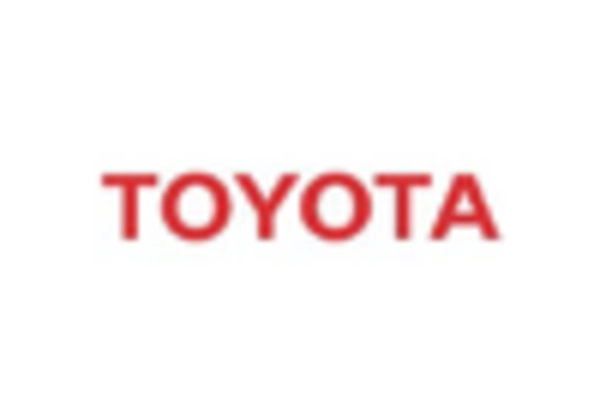
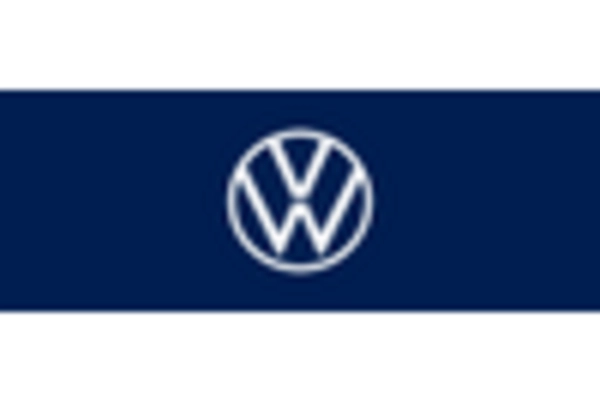








Leave a Comment